Stradawhovious
Been spending a lot of time on here!
- Joined
- Nov 8, 2010
- Messages
- 3,241
- Reaction score
- 911
- Location
- Minneapolis, MN
- Can others edit my Photos
- Photos OK to edit
Ok, I get the premise of OCF when you are using it to overpower ambient light, such as in a studio setting, or indoors when you don't want the ambient light to come into play.
What about outdoors? What about just using OCF for fill, to get the correct exposure of nice blue skies and a backlit subject?
Anyone have any good learning tools for that one? (onilne, books, personal experience, etc)
My assumption is that TTL metering is going to be virtually useless if you are metering for the backgound, so you will want to work the strobe in manual...... But then again, I really don't have much of an idea about anything so I could very easily be wrong. I also don't have/can't afford a decent light meter at the moment. That is certainly on the hit list, but not in the near future. I have been told that my fun money has basically dried up for the time being.
I plan on taking the kids out and getting some practice at this soon, and would like to at least have a direction heading on this subject so I'm not shooting blind.
Thanks in advance!
What about outdoors? What about just using OCF for fill, to get the correct exposure of nice blue skies and a backlit subject?
Anyone have any good learning tools for that one? (onilne, books, personal experience, etc)
My assumption is that TTL metering is going to be virtually useless if you are metering for the backgound, so you will want to work the strobe in manual...... But then again, I really don't have much of an idea about anything so I could very easily be wrong. I also don't have/can't afford a decent light meter at the moment. That is certainly on the hit list, but not in the near future. I have been told that my fun money has basically dried up for the time being.

I plan on taking the kids out and getting some practice at this soon, and would like to at least have a direction heading on this subject so I'm not shooting blind.
Thanks in advance!




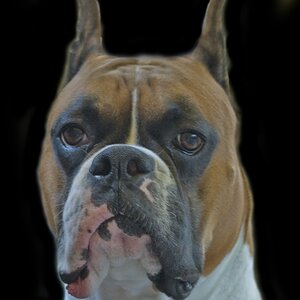
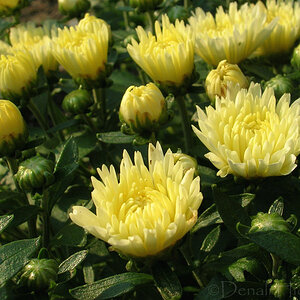
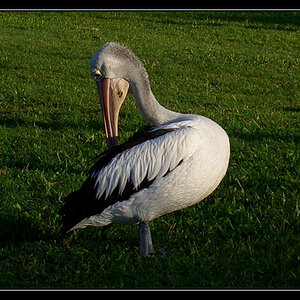
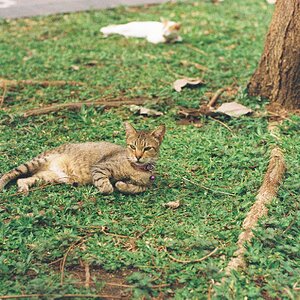
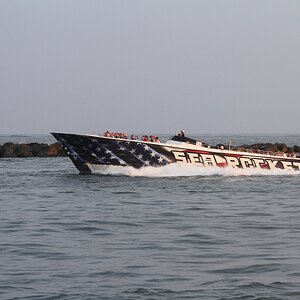

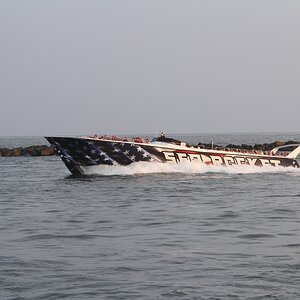
![[No title]](/data/xfmg/thumbnail/34/34074-6a0944aed6e17bffefb06aa0a3d41840.jpg?1619736266)
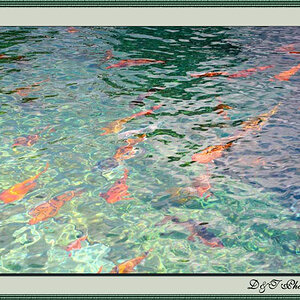


![[No title]](/data/xfmg/thumbnail/34/34072-be456691237ae73cb2936416e2e9e8c0.jpg?1619736266)